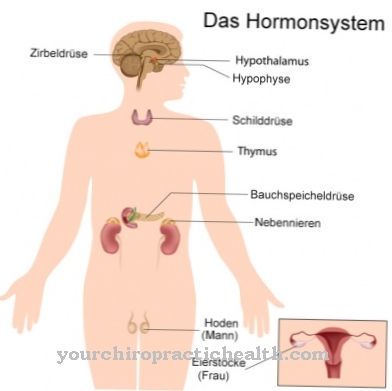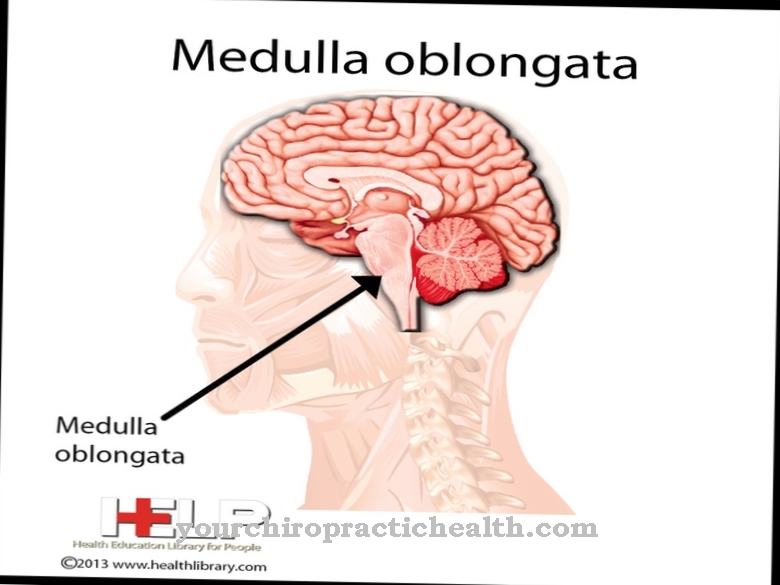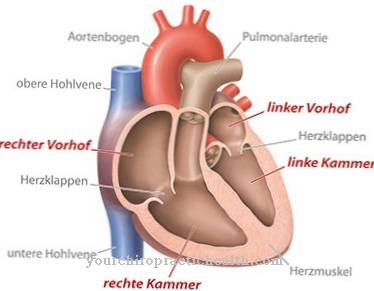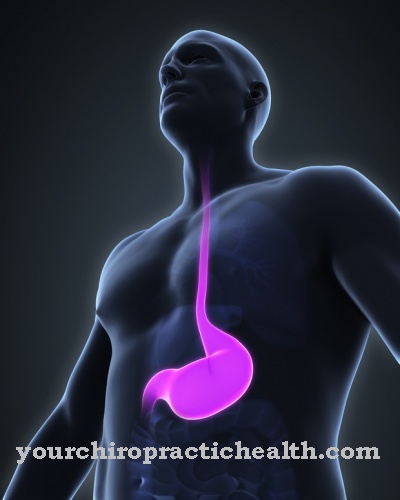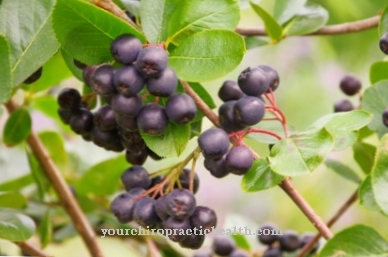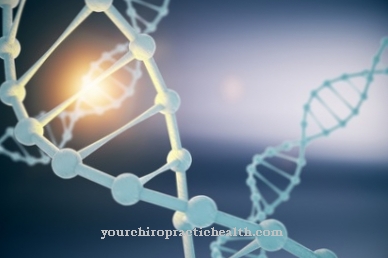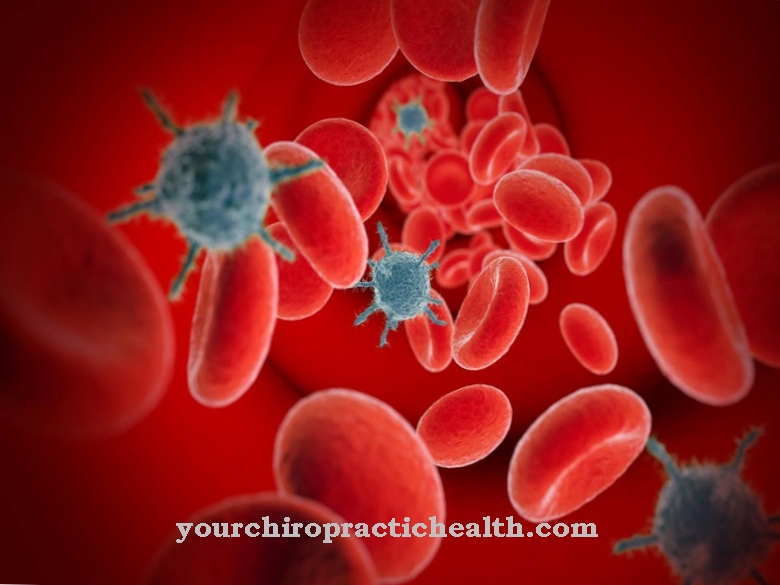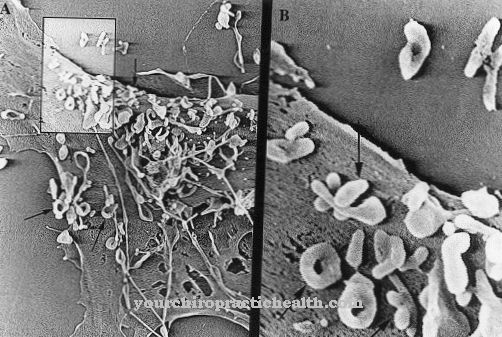Glycosides are organic or synthetic substances that arise from the reversible condensation of two or more ring-shaped sugars or from the condensation of a sugar with a wide variety of alcohols via a so-called glycosidic bond, whereby one H2O molecule is split off in each case. Glycosides are synthesized by many plants in an almost unmanageable variety, and some of them are of great medical importance for humans, for example as cardiac glycosides or as so-called aminoglycoside antibiotics.
What are glycosides?

Glycosides or Glycosides are organic compounds in which at least one alcohol residue (R-OH) is linked to the anomeric carbon atom of at least one sugar residue via a glycosidic bond. The glycosidic bond is formed by condensation of a cyclic sugar with an alcohol residue or another sugar. The sugar can have a five- or a six-membered ring, each with a different name.
With each glycosidic bond a molecule of water (H2O) is split off. The glycosidic bond is so widespread and so diverse in plants that its importance can be compared with the peptide bond in the construction of polypeptides and proteins.
There is a barely manageable variety of glycosides, which are reinforced due to the different three-dimensional structure of the molecules with the same chemical molecular formula. Glycosides can not only be synthesized via metabolic processes in plant cells, but a few are also produced industrially using enzymatic or non-enzymatic processes. Some of the glycosides, such as certain flavonoids and so-called cardiac glycosides, are important medicinal products in the manufacture of drugs.
Pharmacological effect
Some glycosides serve the plants to ward off pathogenic germs or also to protect them from predators. Required toxins can be stored in the form of a glycoside as an inactive toxin in small cell inclusions (vacuoles or lysosomes). If necessary, the inactivated toxin can be released and activated again by a specific glycosidase that matches the glycoside.
Some glycosides are used by the pharmaceutical industry for their pharmacological effects. These are mainly some flavonoids, cardiac glycosides and phenolic glycosides. Of the approximately 6,500 known flavonoids, a few show a vaso-improving effect. You can dampen inflammation by inhibiting histamine.
Anti-spasmodic properties and antiviral effects of certain flavonoids are also known. The antioxidant effect of flavonoids is also valued. It should be noted, however, that the antioxidant effect of quercetin, which can be found in many plants as a secondary ingredient, is neutralized by consuming only a little milk.
Some flavonoids can lower total cholesterol without affecting the HDL fractions, so that the important quotient of LDL cholesterol and HDL cholesterol even improves. The target value of the quotient is three or less.
Due to their antioxidant properties, some naturally occurring flavonoids (apples, green tea, blueberries, cranberries, onions) also have a certain protective effect against cancer.
The so-called cardiac glycosides are of particular importance, in the case of digitalis glycosides they can increase the contraction force of the heart muscle, reduce the heart rate and slow down the electrical conduction of excitation. Cardiac glycosides are not only found in the well-known foxglove (digitalis), but also in many other plants such as adonis, bishop's herb, lily of the valley and a few others.
The skin of some poisonous toads contains cardiac glycosides in the form of bufadienolides, which were used as arrow poisons. From the group of phenol glycosides or phenyl glycosides, arbutin and various anthraquinones have a special pharmacological importance due to their laxative effect.
Medical application & use
In addition to the antioxidant effects of certain flavonoids, a long-term study from California has shown that fisetin, a flavonoid found in the wig bush, has positive effects on long-term memory.
Digitalis glycosides, which are obtained from woolly and red foxgloves, among other things, are used due to their pharmacological effects in heart failure and tachycardia (palpitations) caused by sinus or AV nodes with a continuous beat frequency of over 100 beats per minute. Cardiac glycosides such as digoxin and digitoxin are often given in combination with an ACE inhibitor and / or a beta blocker and a diuretic.
Arbutin and some antraquinones, both substances belong to the phenol glycosides, are used pharmacologically because of their laxative effect. Both active ingredients are often part of laxatives. It should be noted that hydroquinone, a remodeling product of arbutin, should not be taken more than five times a year for no longer than one week at a time, as higher doses can damage the liver.
Risks & side effects
In the case of drug therapy containing the cardiac glycosides digoxin and digitoxin, it must be taken into account that the half-life of digoxin is 1.5 days and that of digitoxin, due to the enterohepatic circulation, even 7 days. This means that in the event of an overdose, which can lead to serious cardiac arrhythmias, impaired vision, malaise and vomiting, gastric lavage and the administration of activated charcoal are necessary. In addition, the enterohepatic cycle can be interrupted with colestyramine, so that there is an increased excretion of digitoxin.
Cyanogenic glycosides are often found in plants in their green leaves. They serve to protect against predators. The damaged leaves release the cyanogenic glycoside as well as the corresponding glycosidase, which splits the glycoside and releases the hydrogen cyanide (cyanide). Cyanide (HCN) is highly toxic to almost all organisms because it paralyzes the respiratory chain and leads to symptoms of poisoning within seconds. However, the concentration of cyanogenic glycosides in the leaves of plants is usually so low that there is no danger to humans.
The cyanogenic glycoside amygdalin, which is present in the kernels of bitter almonds and apricots and can lead to symptoms if consumed in excess, is widely known.

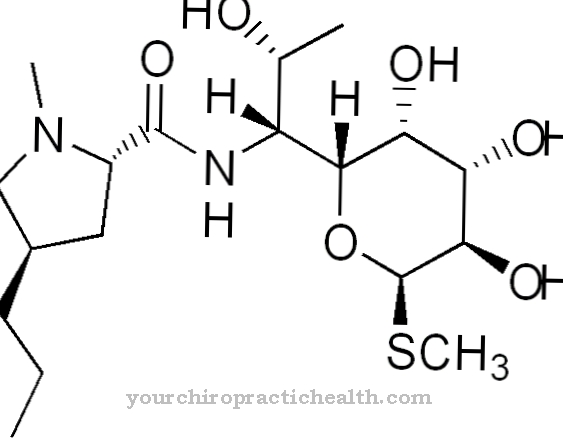

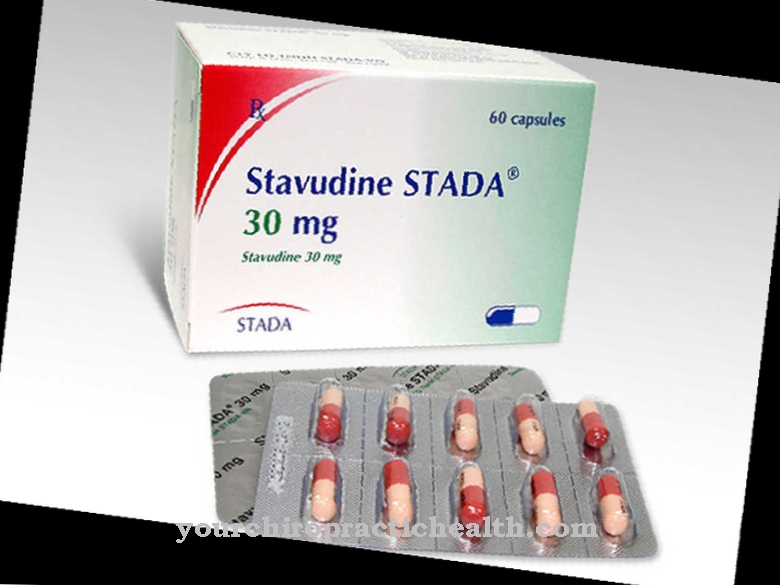






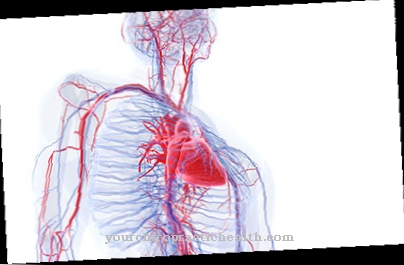
.jpg)

